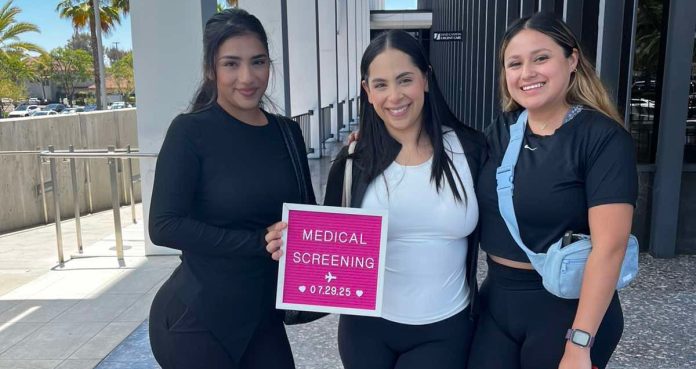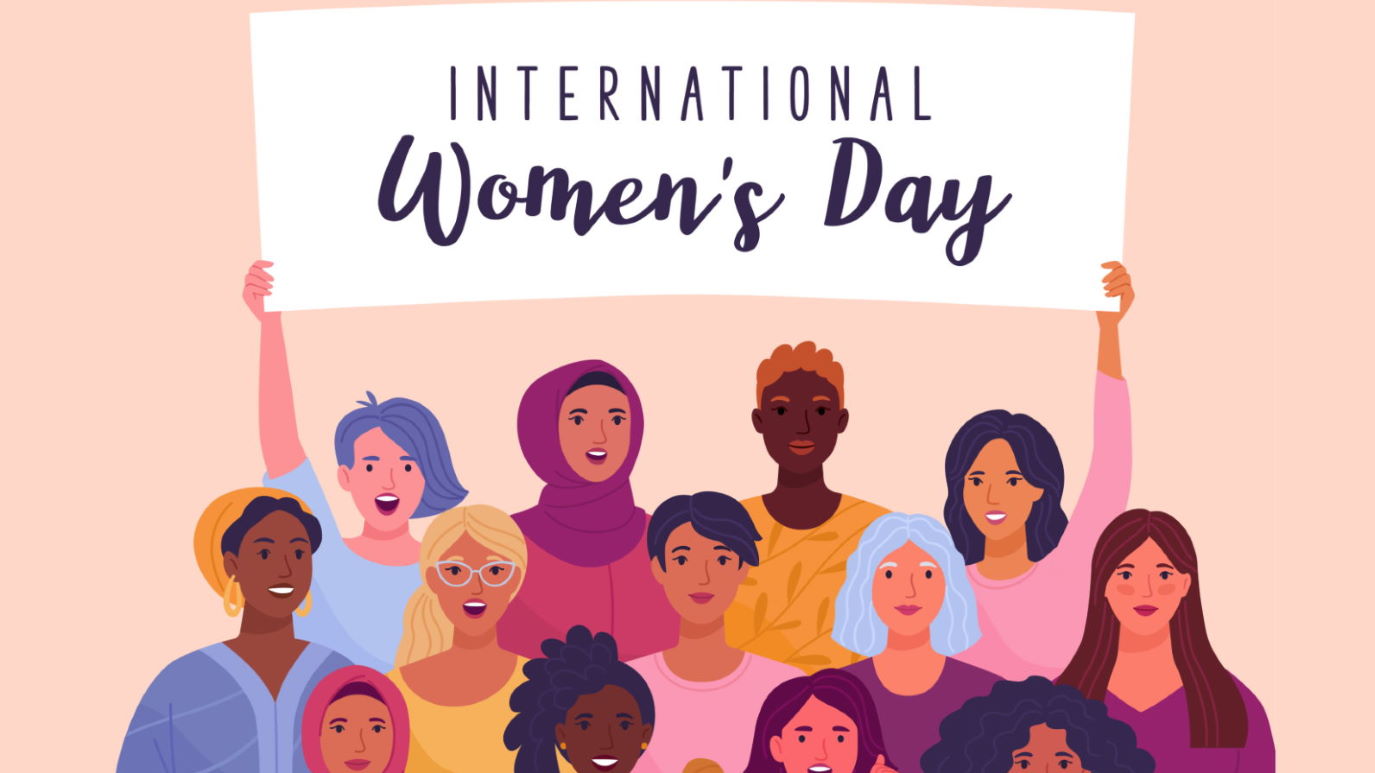
The surrogacy journey is built on teamwork. Professional women often ask how both sides stay aligned through big decisions, busy schedules, and emotional milestones. At Joy of Life® Surrogacy, an agency based in California with a nationwide reach, the focus is on structured coordination and clear communication that respects everyone’s time and boundaries.
Why Clear Roles Matter for Working Professionals
When expectations are defined upfront, the journey flows more smoothly. The gestational carrier maintains the pregnancy while intended parents guide medical and legal decisions alongside clinic teams. Coordinators act as project managers—tracking timelines, consolidating information, and keeping all parties aligned without constant back-and-forth.
This division of labor allows surrogates to focus on prenatal health while intended parents remain connected to progress without derailing work commitments or family responsibilities.
Setting Communication Boundaries Early
Professional women understand the value of systems. In surrogacy, that means establishing communication protocols from day one:
- Scheduled check-ins rather than unpredictable texts create predictability for both sides
- Shared digital calendars track medical appointments, legal deadlines, and milestone moments
- Single point of contact through coordinators reduces decision fatigue and keeps information organized
These structures prevent burnout and help both surrogates and intended parents maintain balance across competing priorities.
The Journey in Phases
Understanding the roadmap helps busy professionals plan around key commitments:
Phase 1: Assessment and Matching (2–5 months)
Initial consultations establish eligibility, goals, and preferences. Once a match is confirmed, medical and psychological evaluations are completed. This phase focuses on aligning lifestyle compatibility, communication expectations, and shared values while keeping the process efficient and organized.
Phase 2: Legal Foundation (1–2 months)
Each party retains independent legal representation. Contracts define medical decision-making authority, communication expectations, delivery logistics, and financial arrangements. This clarity prevents misunderstandings and ensures a smooth collaboration throughout the journey.
Phase 3: Medical Protocol (2–4 months)
Fertility clinics oversee preparation, embryo transfer, and early monitoring. Coordinators translate medical updates and facilitate schedule coordination between the clinic, carrier, and intended parents—helping everyone stay informed and supported.
Phase 4: Pregnancy and Monitoring (9 months)
Coordinators maintain communication through a simple 2+1 protocol—three weekly touchpoints dedicated to relationship-building, journey updates, and key milestones. This streamlined approach keeps intended parents informed without overwhelming schedules, ensuring balance and connection throughout the pregnancy.
Phase 5: Phase 5: Delivery and Postpartum Care (up to 6 months)
Hospital plans are confirmed in advance, including roles at birth, legal documentation, and immediate post-delivery coordination. This phase also includes postpartum support such as medical bill collection and emotional closure for both the surrogate and intended parents.
This overview is educational only. Medical protocols and legal requirements differ by state and clinic. Consult licensed professionals for your specific situation.

Professional Support That Scales With Your Life
Joy of Life’s coordination model recognizes that intended parents and carriers often juggle demanding careers. Coordinators manage logistics, translate medical terminology, and anticipate questions before they arise. For carriers, the CARES program provides professional development workshops, peer connection, and coaching that supports both the surrogacy role and personal growth goals.
Intended parents receive documentation summaries, milestone briefings, and proactive planning support—allowing them to stay engaged without micromanaging every detail.
Financial arrangements are individualized based on medical circumstances, legal requirements, and contractual terms. Coordinators provide transparent guidance throughout.
When Both Sides Feel Heard
The strongest partnerships happen when emotional and practical needs align. Early matching conversations explore communication preferences—some teams prefer weekly video calls, others opt for monthly updates with urgent alerts as needed. Coordinators help navigate moments of uncertainty, normalize concerns, and ensure both parties feel respected.
Throughout the journey, it’s understood that the child belongs to the intended parents. The surrogate’s contribution is honored as essential partnership within defined professional boundaries.
Working With California’s Established Framework
California offers well-developed legal and medical infrastructure for gestational surrogacy. Families—whether local or traveling from other states—benefit from experienced fertility clinics, specialized legal counsel, and hospitals familiar with surrogacy births.
State laws differ significantly, so legal guidance specific to your location is essential for compliance and protection.
What Professional Women Want to Know
How much time should I realistically plan to commit?
Intended parents typically need availability for initial consultations, contract review, key medical appointments (especially embryo transfer and anatomy scan), and delivery planning. Coordinators handle routine logistics. Carriers should plan for medical appointments, screening visits, and pregnancy-related time off as needed.
What happens if work travel conflicts with appointments?
Coordinators work with clinic schedules to find workable timing. Many appointments can be handled by the carrier with updates provided afterward. Critical milestones like transfer and delivery require intended parent flexibility, so advance planning helps.
How do successful teams handle different communication styles?
Matching conversations specifically address this. Some intended parents want detailed updates; others prefer high-level summaries. Some carriers value frequent connection; others prefer structure and space. Coordinators help establish rhythms that honor both preferences.
What if complications arise during pregnancy?
Legal agreements outline medical decision-making authority. Clinics guide medical protocols, and coordinators ensure information flows clearly. Insurance coverage and support systems are established before pregnancy begins.

Start With a Strategic Conversation
If you’re exploring surrogacy as an intended parent or carrier, schedule a consultation to discuss how the process fits your professional life.
- Intended parents: Learn more at Joy of Life® Surrogacy
- Prospective carriers: Explore requirements and support at Become a Surrogate
- Career and wellness resources: Discover CARES Program offerings
- Financial planning: Review the compensation structure overview






